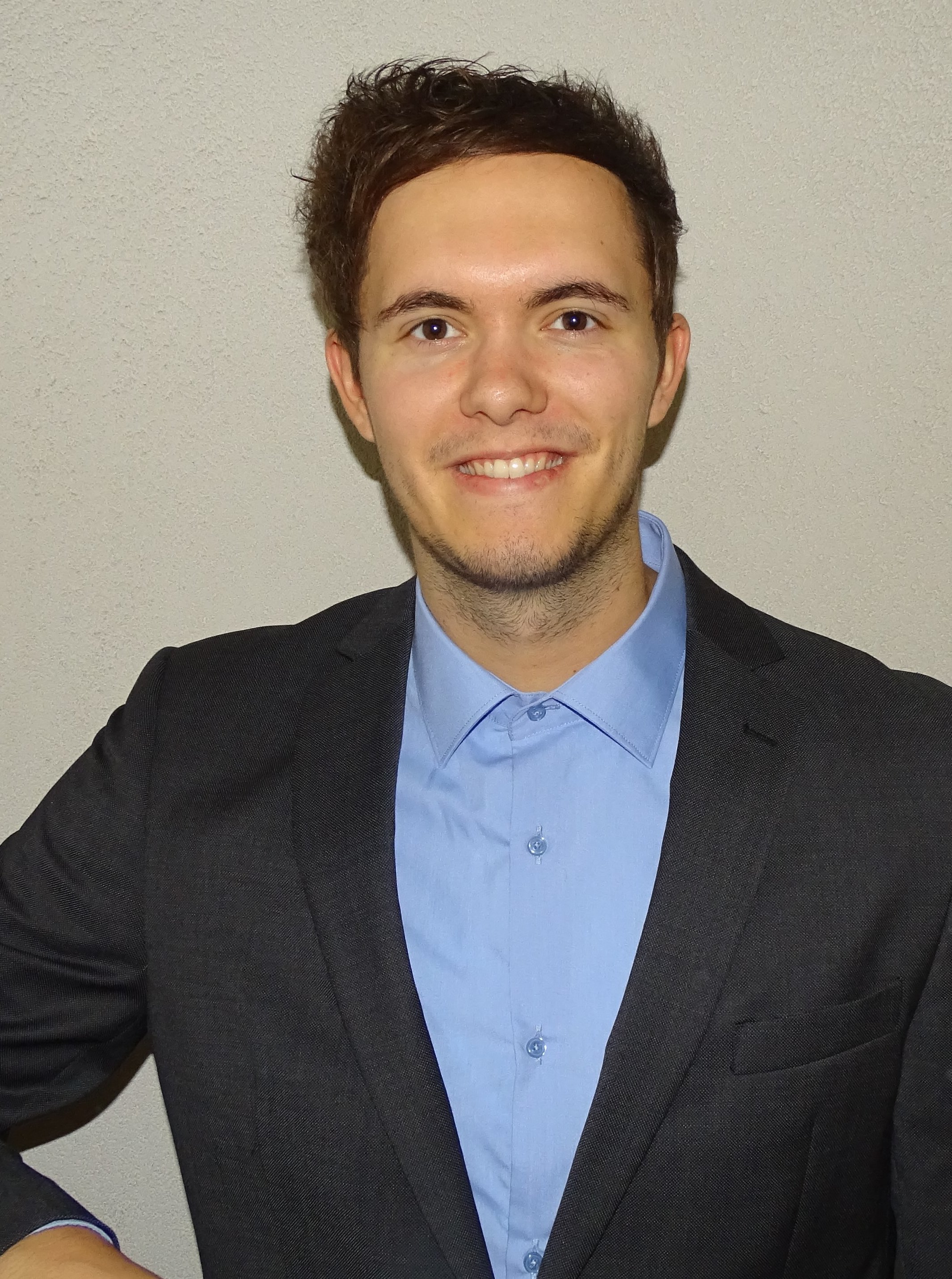Djonno Bresser
Faculty of Civil Engineering and Geosciences
Mimicking a rotating crack model within sequentially linear analysis using an elastic-perfectly brittle sublayer model
The construction industry has been using quasi-brittle materials like concrete and masonry as building materials for centuries, and will continue to do so. Concrete is strong and durable, but can also crack quite abruptly and locally. Robust models are required for studies into subjects like masonry damage and collapse states for houses in Groningen that are subjected to induced seismicity, or the residual capacity of existing reinforced concrete bridges
Djonno has been interested in structural mechanics throughout his entire study programme, as it is a fundamental part of civil engineering that also allows you to tackle complicated issues in a very simple and straightforward manner. He calls this ‘strength in simplicity’ and believes it to be the most powerful tool for an engineer. During his thesis project, he worked on a simple but efficient model that can be used to understand the complicated nonlinear fracture behaviour of such real-life concrete structures. Djonno also used his Master’s thesis to try and find out whether he wanted a professional or an academic career. Having consistently enjoyed courses on structural mechanics, he now works as a structural engineer at Van Rossum Raadgevende Ingenieurs.
Djonno possesses the unusual combination of being an excellent researcher and a very good writer. His work is directly publishable in mechanics and structural engineering journals.
Graduation committee - Prof. Dr. Ir. J.G. Rots Dr. Ir. M.A.N. Hendriks Ir. M. Pari Dr. Ir. G.M.A. Schreppers Ir. L.J.M. Houben
Throughout the years, incremental iterative approaches have been shown to be excellent tools in describing the complex behaviour of structures. However, robustness issues arise for concrete structures due to the potential loss of convergence during the development of abrupt cracks. In order to overcome these robustness issues, the framework of sequentially linear analysis (SLA) has been proposed. The current SLA-framework is based on a fixed crack approach, potentially causing the development of severe spurious stresses. To this end, the sublayer model, which consists of several parallel layers, is proposed. The main idea is to mimick a rotating crack by a superposition of sublayers with a fixed crack direction. In his thesis, Djonno further elaborated and generalized the sublayer model. He showed that this model does indeed mimic a rotating crack, as less spurious stresses were observed, less wide localization bands found and more realistic collapse mechanisms were obtained.

